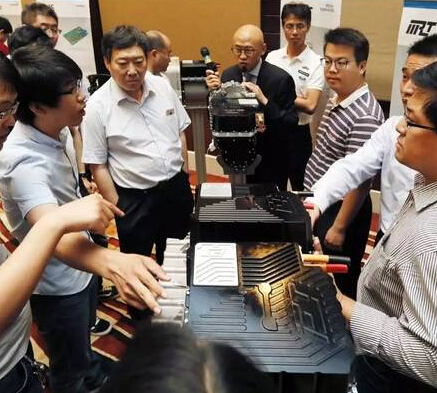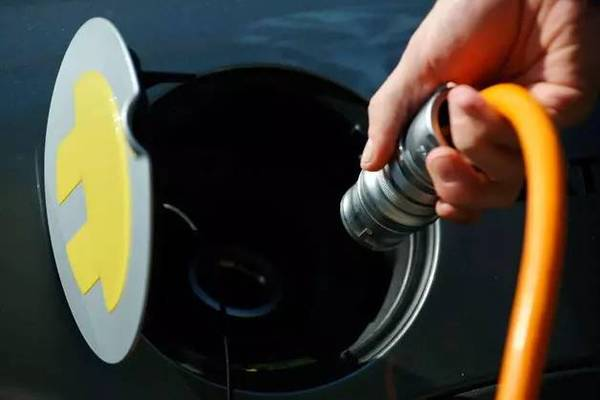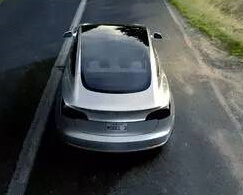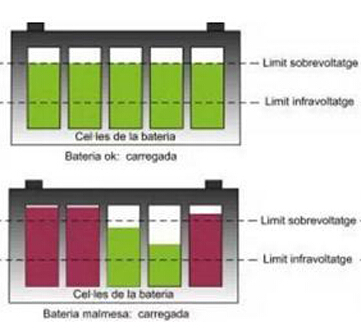We have always said that a pure electric vehicle is a new type of vehicle with a very low threshold and a very high ceiling. The reason why the threshold is low is because the structure is a simple combination of "battery + motor". The power system is not different from the toy car of 20 yuan. The upper limit is extremely high because the bottleneck of the development of pure electric vehicles is stuck all the time. On the battery (low energy density, low charge and discharge efficiency, resulting in short battery life, long charging), and no one knows how many years to charge.

To put it bluntly, the bright future of pure electric vehicles is "visible, but can't touch". Since it is unlikely to overcome the technical bottleneck in the battery field in a short time, can you bypass the short circuit of battery life and charging?
Then there is the concept of an extended-range electric vehicle. Simply put, an extended-range electric vehicle is equipped with an internal combustion engine as a generator on the basis of a pure electric vehicle. When the battery is low, the car can run while charging the battery by the generator
What are the characteristics and advantages of the extended-range electric vehicle?

The first is the overall structure. The structure of the extended-mix hybrid car is relatively simple compared to the orthodox hybrid car (HEV, PHEV). The engine and the motor are connected in series, and most of the time is driven by the electric motor. It is very similar to a pure electric vehicle. Generally, when the cruise is at a speed of more than 100km/h, the engine will directly participate in the drive and does not need a gearbox. The drive shaft is only connected via a set of clutches and shifting gear sets, which is significantly simpler than the orthodox hybrid vehicle.

Torque attenuation is severe when the motor is running at high speed
In addition, some people have to ask, why does the engine not fully play the role of the generator, but should participate directly in the drive at high speed?
This is because although the energy conversion efficiency of the motor is high (90%-95%), it has a problem of high-speed torque attenuation compared with the internal combustion engine. This causes the car to drive at a high speed. At this time, the internal combustion engine will drive directly, and sometimes the motor will provide auxiliary power to help quickly overtake.
The fuel tank determines the cruising range
Specific to the details, the battery capacity of the extended-range electric vehicle is significantly smaller than pure electric power. After all, the power is only temporarily stored in the battery, and the final determination of the cruising range is still the amount of oil.
In addition, because most of the time is motor drive, the responsibility is great, so the motor power is larger than the Japanese oil and gas hybrid.

The advantages are all accompanied by the characteristics, because the extended-range electric vehicle has a small battery, a small displacement, and can be charged or not.
Therefore, it can not only improve the cruising range of the car, but also the requirements of the charging environment are no longer demanding, and it is less than the oil-electric hybrid or plug-in hybrid, because the engine
displacement is small, the speed/load is stable, and there is very little direct participation. Driven, so the economy also has a very obvious advantage.
Of course, if you only use the car for short-distance commuting, and there are charging conditions, you can completely look at the car as a pure electric car, and you can use the car with zero fuel consumption.
Why is the popularity low and unpopular?
In summary, the extended-range electric vehicle is both economical and practical, so why is it not known, no influence, no one buys it?
First of all, the policy is unfriendly. At present, the domestically-added mixed-use hybrid vehicles are used in plug-in hybrid vehicles to enjoy various welfare policies. Therefore, the subsidy is still significantly different from that of pure electric vehicles, and the performance is not as good as the mix. It is not as good as pure electric power, and it does not please the consumers, nor does it please the policy. The status is really embarrassing.
















 RCCN WeChat QrCode
RCCN WeChat QrCode Mobile WebSite
Mobile WebSite







